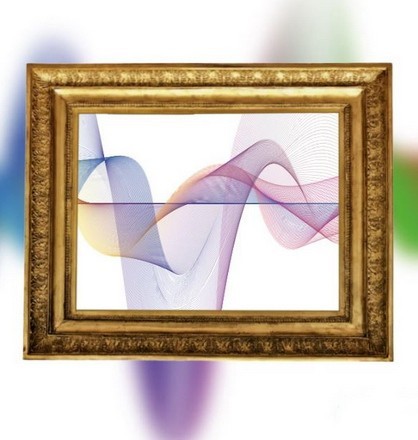NEWS | February 1, 2023
Research: Vibratory Impacts of Music and Transport on Museum Collections

The report, Vibratory Impacts of Music and Transport on Museum Collections, was recently released by the international research group who developed and issued the research questionnaire in 2020 prior to the pandemic. The questionnaire was circulated by several museum-related organizations, including the Association of Registrars and Collections Specialists, American Institute for Conservation, International Institute for Conservation, The Institute of Conservation, and International Council of Museums - Committee for Conservation working groups.
More than 150 respondents from 138 institutions around the world, including many of the most prominent museums in the U.S. and Europe, participated by providing detailed information about their current practices and experiences with vibrations of their collections during musical events and transport of objects.
The lead member of the research group, WJE Principal and structural engineer Arne Johnson said, "For the first time, we have real-life data on the vibratory effects that museums around the world are observing during musical events and transport. This information is invaluable to inform additional research into these current topics and to develop the practical guidelines that museums need to protect their collections.”
Vibrations During Musical Events
Nearly all of the respondents indicated that they allow music to be played adjacent to their collections. Two-thirds of those who allow music reported having seen effects on the collections, which are categorized and analyzed in the report. Roughly an equal share reported having and not having any operational restrictions or noise/vibration limits, with the vast majority of those using a general volume limit or decibel limit. However, the likelihood of observing effects on the collections did not appear to be correlated with whether an institution has a decibel limit or what the magnitude of that decibel limit is.
The report features “spotlights” on five prominent museums who gave permission to share their detailed responses about their practices and experiences with musical events.
Vibrations During Transport
Just over half of the respondents reported having observed damage attributed to shock or vibration during transport, but such occurrences are relatively rare. The damage reported was usually minor, but in a few cases more severe damage has been detected. The damage descriptions that respondents shared are listed and categorized in the report. About one-third of respondents reported using data loggers in some of their shipments. Over thirty different makes and models of devices being used are listed in the report. Only approximately fifteen percent of those who responded have quantitative limits on shock and vibration during transport, and those limits varied. The specific responses regarding data collected and damaged observed from transport are included for numerous museums who gave their permission.
Research Group
The research group behind the study, Vibratory Impacts of Music and Transport on Museum Collections, includes:
- Arne Johnson, Principal Structural Engineer, and Dr. Mohamed ElBatanouny, Senior Structural Engineer, Wiss, Janney, Elstner Associates, Northbrook, Illinois
- Dr. Catherine Higgitt, Principal Scientist, Scientific Department, The National Gallery, London
- Dr. W. (Bill) Wei, Senior Conservation Scientist, Cultural Heritage Agency of the Netherlands (RCE)
- Peter Henson, Practice Consultant, and Tomasz Galikowski, Associate Acoustic Engineer, Bickerdike Allen Partners, London
- Mark Ryan, Assistant Director for Collections & Exhibitions, Mildred Lane Kemper Art Museum, St. Louis, Missouri
- JP Brown, Regenstein Conservator, The Field Museum, Chicago, Illinois
For More Information
Watch the research team present findings from the report and discuss next steps for developing practical guidelines in this webinar recording. Questions about the research findings can be addressed to Arne Johnson of WJE at ajohnson@wje.com.
RELATED INFORMATION
-
 New research into the "Vibratory Impacts of Music and Transport on Museum Collections" has been... MORE >Articles | Research: Vibratory Impacts of Music and Transport on Museum Collections
New research into the "Vibratory Impacts of Music and Transport on Museum Collections" has been... MORE >Articles | Research: Vibratory Impacts of Music and Transport on Museum Collections -
 Arne P. Johnson, PrincipalWJE Northbrook MORE >People | Arne P. Johnson, Principal
Arne P. Johnson, PrincipalWJE Northbrook MORE >People | Arne P. Johnson, Principal -
 How to settle down your T-Rex before you take it out in public—vibration-mitigation design for... MORE >Articles | Vibration Mitigation and Sound Testing in SUE Hall at the Field Museum in Chicago
How to settle down your T-Rex before you take it out in public—vibration-mitigation design for... MORE >Articles | Vibration Mitigation and Sound Testing in SUE Hall at the Field Museum in Chicago -
 Learn current practices and experiences with vibrations of museum collections during musical... MORE >Webinars | Findings of Research Questionnaire on Vibratory Impacts of Music and Transport on Museum Collections
Learn current practices and experiences with vibrations of museum collections during musical... MORE >Webinars | Findings of Research Questionnaire on Vibratory Impacts of Music and Transport on Museum Collections



































